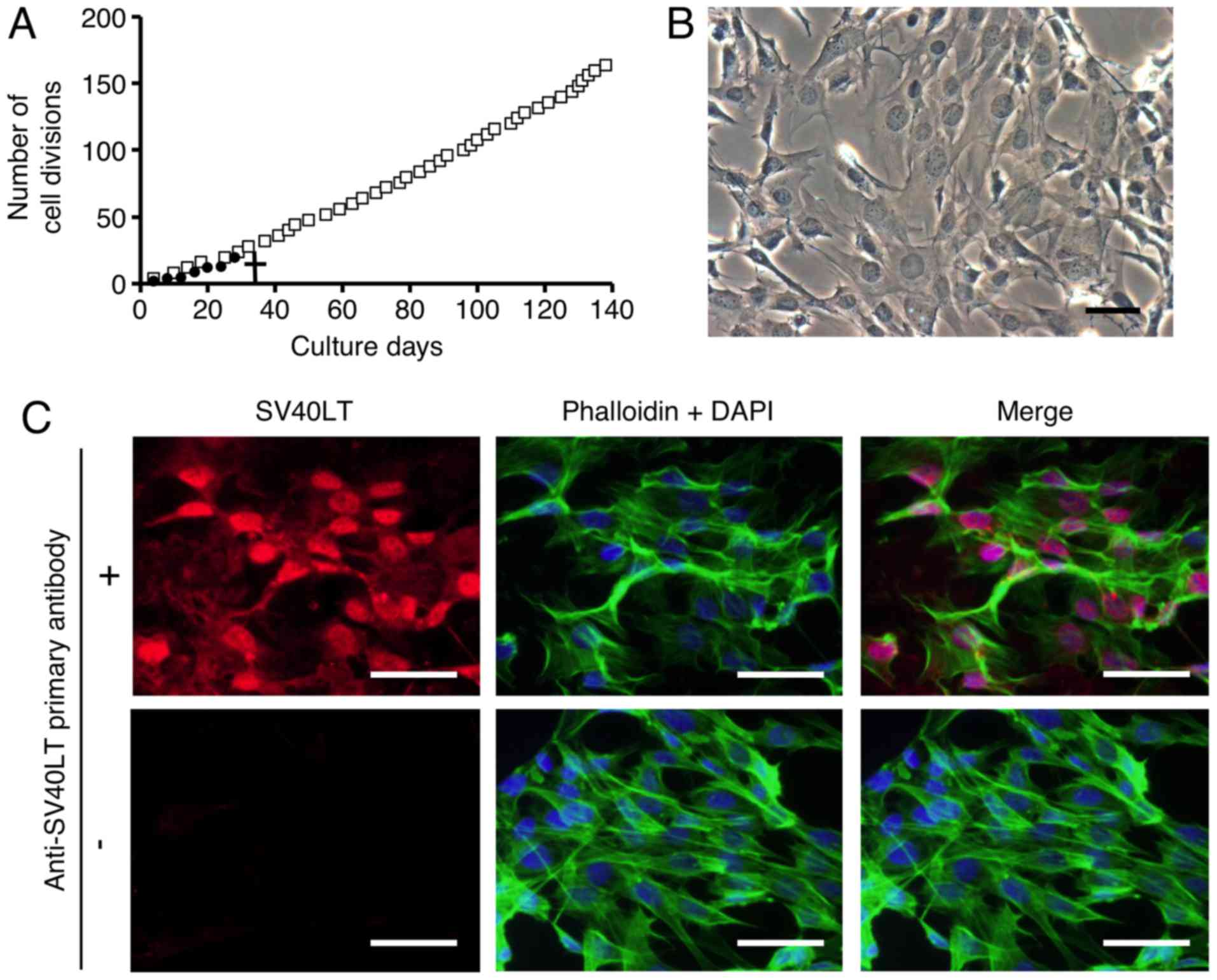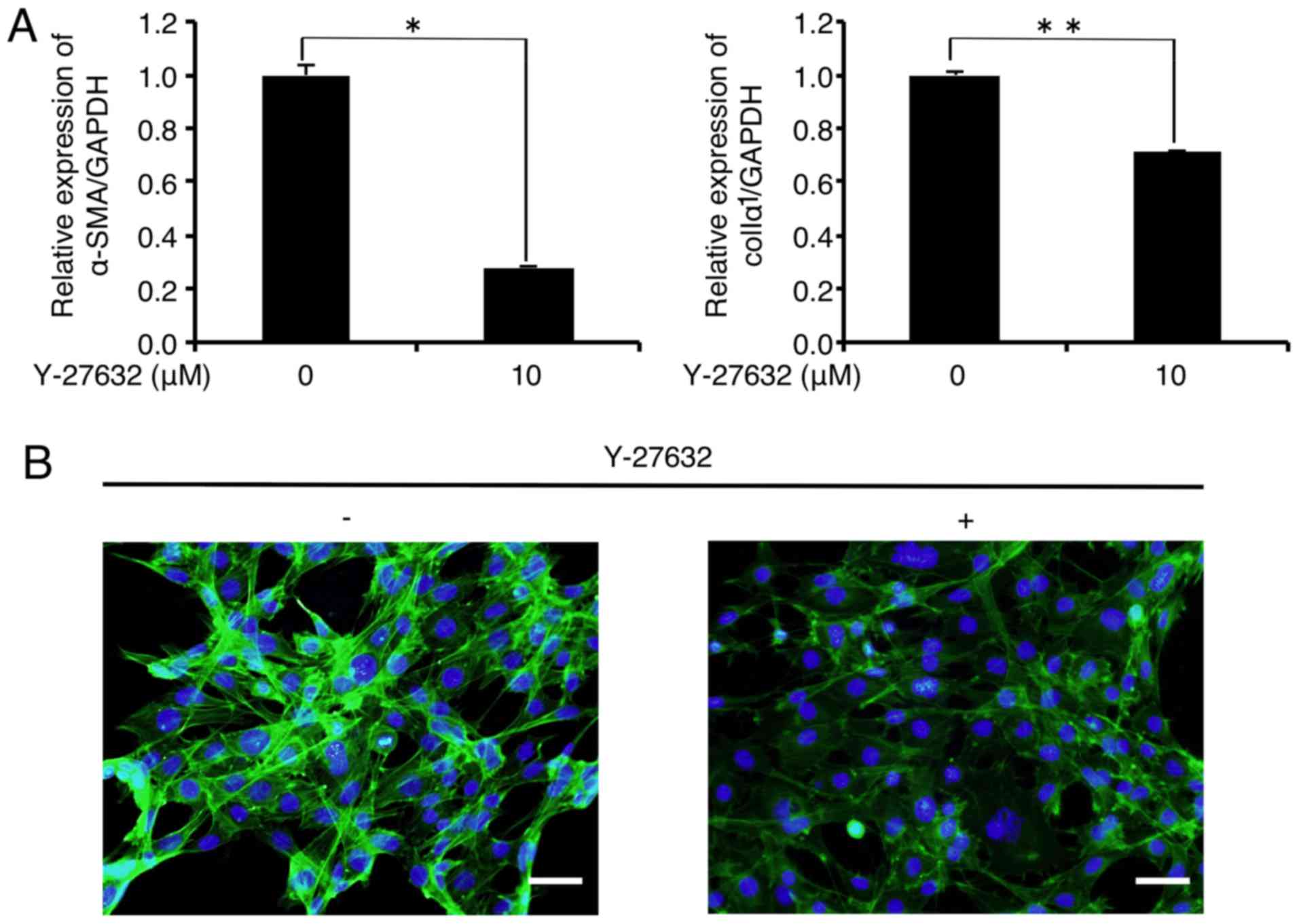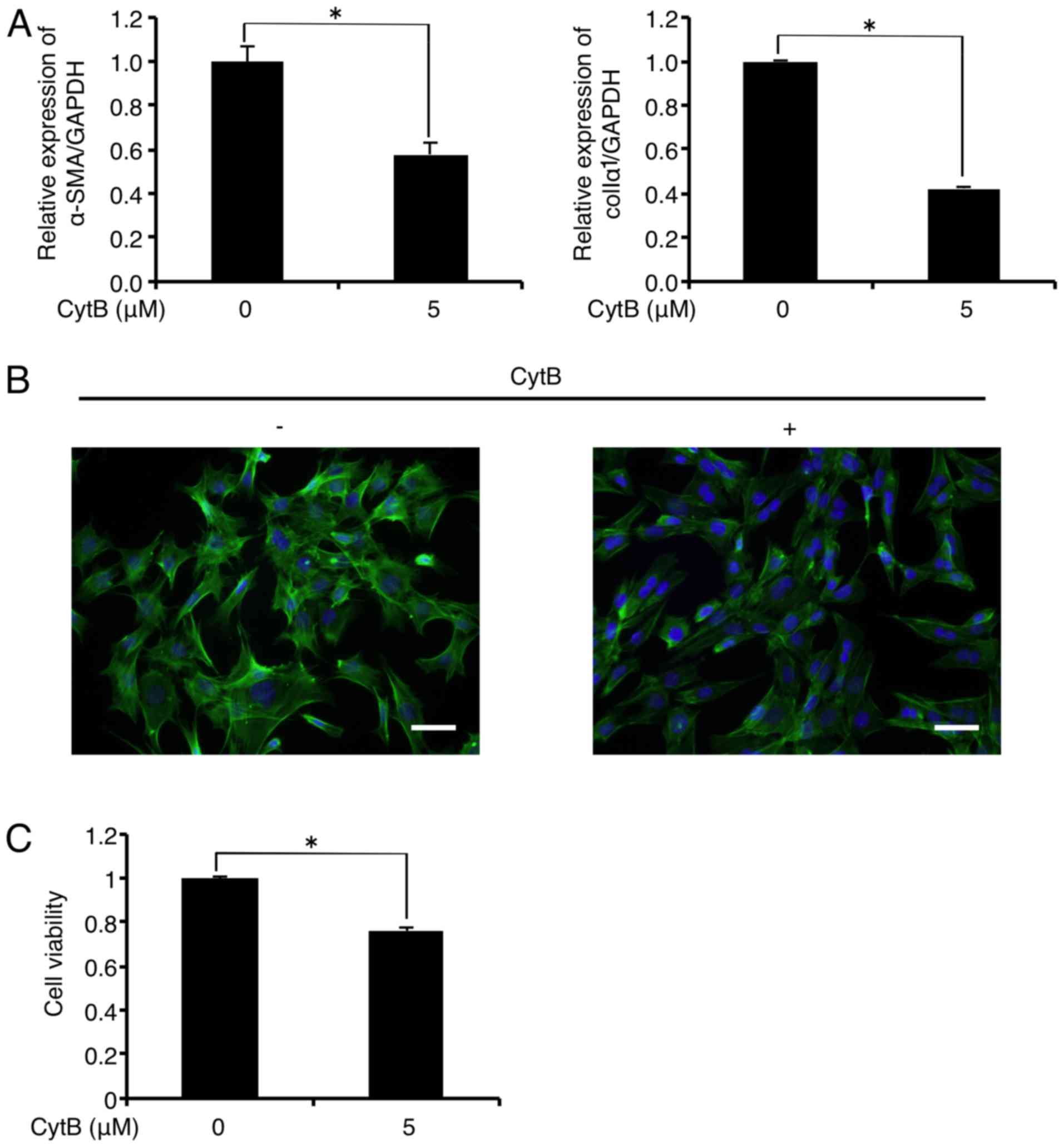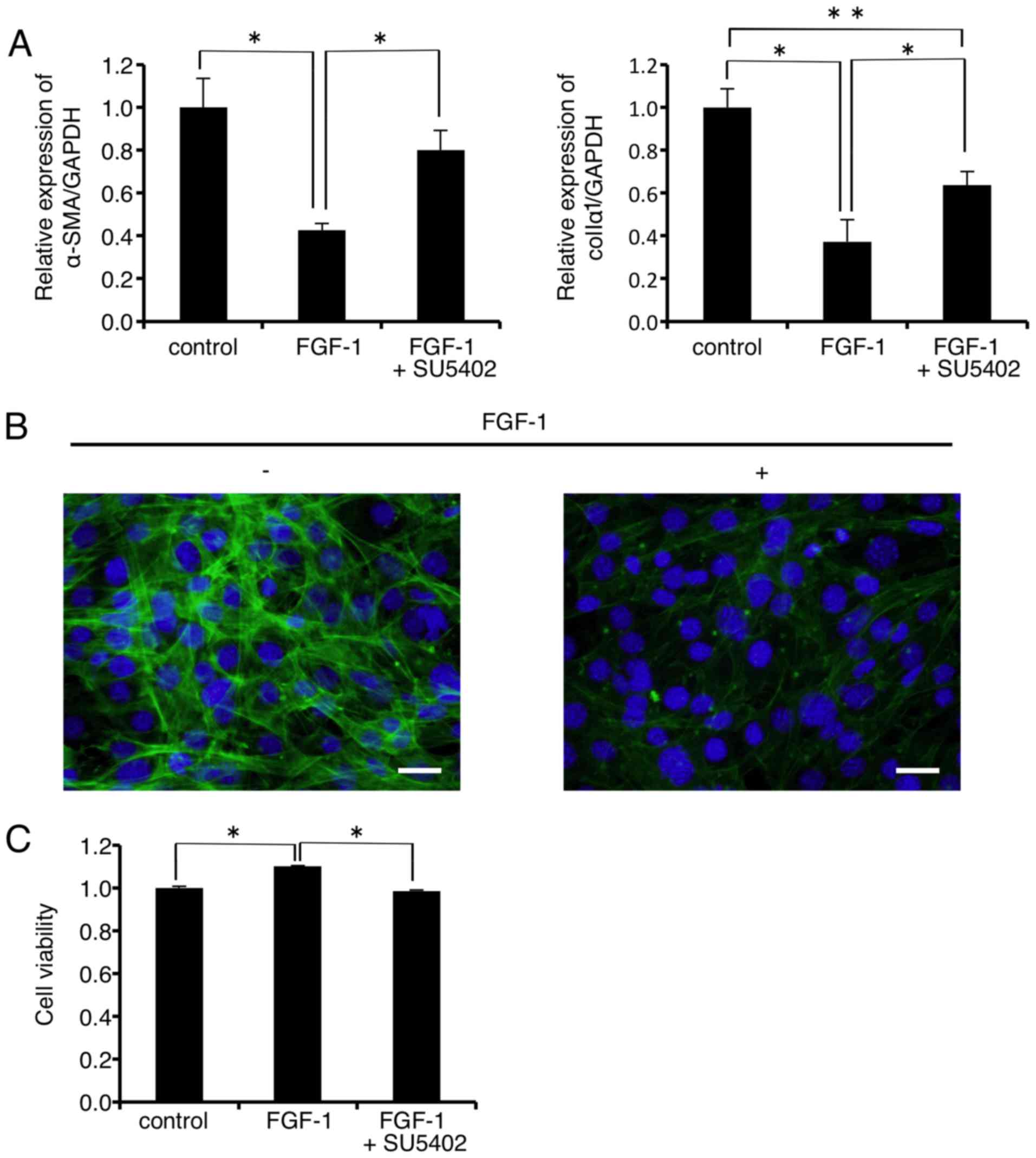|
1
|
Tanaka E, Detamore MS and Mercuri LG:
Degenerative disorders of the temporomandibular joint: Etiology,
diagnosis, and treatment. J Dent Res. 87:296–307. 2008. View Article : Google Scholar : PubMed/NCBI
|
|
2
|
Matsumoto R, Ioi H, Goto TK, Hara A,
Nakata S, Nakasima A and Counts AL: Relationship between the
unilateral TMJ osteoarthritis/osteoarthrosis, mandibular asymmetry
and the EMG activity of the masticatory muscles: A retrospective
study. J Oral Rehabil. 37:85–92. 2010. View Article : Google Scholar
|
|
3
|
Krisjane Z, Urtane I, Krumina G, Neimane L
and Ragovska I: The prevalence of TMJ osteoarthritis in
asymptomatic patients with dentofacial deformities: A cone-beam CT
study. Int J Oral Maxillofac Surg. 41:690–695. 2012. View Article : Google Scholar : PubMed/NCBI
|
|
4
|
Hill CL, Hunter DJ, Niu J, Clancy M,
Guermazi A, Genant H, Gale D, Grainger A, Conaghan P and Felson DT:
Synovitis detected on magnetic resonance imaging and its relation
to pain and cartilage loss in knee osteoarthritis. Ann Rheum Dis.
66:1599–1603. 2007. View Article : Google Scholar : PubMed/NCBI
|
|
5
|
Wang XD, Zhang JN, Gan YH and Zhou YH:
Current understanding of pathogenesis and treatment of TMJ
osteoarthritis. J Dent Res. 94:666–673. 2015. View Article : Google Scholar : PubMed/NCBI
|
|
6
|
Krieg T, Abraham D and Lafyatis R:
Fibrosis in connective tissue disease: The role of the
myofibroblast and fibroblast-epithelial cell interactions.
Arthritis Res Ther. 9(Suppl 2): S42007. View Article : Google Scholar : PubMed/NCBI
|
|
7
|
Hill JA and Olson EN: Cardiac plasticity.
N Engl J Med. 358:1370–1380. 2008. View Article : Google Scholar : PubMed/NCBI
|
|
8
|
Kehat I and Molkentin JD: Molecular
pathways underlying cardiac remodeling during pathophysiological
stimulation. Circulation. 122:2727–2735. 2010. View Article : Google Scholar : PubMed/NCBI
|
|
9
|
Tomasek JJ, Gabbiani G, Hinz B, Chaponnier
C and Brown RA: Myofibroblasts and mechano-regulation of connective
tissue remodelling. Nat Rev Mol Cell Biol. 3:349–363. 2002.
View Article : Google Scholar : PubMed/NCBI
|
|
10
|
Desmoulière A, Geinoz A, Gabbiani F and
Gabbiani G: Transforming growth factor-beta 1 induces alpha-smooth
muscle actin expression in granulation tissue myofibroblasts and in
quiescent and growing cultured fibroblasts. J Cell Biol.
122:103–111. 1993. View Article : Google Scholar : PubMed/NCBI
|
|
11
|
Small EM: The actin-MRTF-SRF gene
regulatory axis and myofibroblast differentiation. J Cardiovasc
Transl Res. 5:794–804. 2012. View Article : Google Scholar : PubMed/NCBI
|
|
12
|
Hinz B, Phan SH, Thannickal VJ, Galli A,
Bochaton-Piallat ML and Gabbiani G: The myofibroblast: One
function, multiple origins. Am J Pathol. 170:1807–1816. 2007.
View Article : Google Scholar : PubMed/NCBI
|
|
13
|
Fahlgren A, Andersson B and Messner K:
TGF-beta1 as a prognostic factor in the process of early
osteoarthrosis in the rabbit knee. Osteoarthritis Cartilage.
9:195–202. 2001. View Article : Google Scholar : PubMed/NCBI
|
|
14
|
van den Berg WB: Growth factors in
experimental osteoarthritis: Transforming growth factor beta
pathogenic? J Rheumatol Suppl. 43:143–145. 1995.PubMed/NCBI
|
|
15
|
Sandbo N and Dulin N: Actin cytoskeleton
in myofibroblast differentiation: Ultrastructure defining form and
driving function. Transl Res. 158:181–196. 2011. View Article : Google Scholar : PubMed/NCBI
|
|
16
|
Beenken A and Mohammadi M: The FGF family:
Biology, pathophysiology and therapy. Nat Rev Drug Discov.
8:235–253. 2009. View Article : Google Scholar : PubMed/NCBI
|
|
17
|
Liu F and Zhuang S: Role of receptor
tyrosine kinase signaling in renal fibrosis. Int J Mol Sci.
17:9722016. View Article : Google Scholar :
|
|
18
|
Ornitz DM, Xu J, Colvin JS, McEwen DG,
MacArthur CA, Coulier F, Gao G and Goldfarb M: Receptor specificity
of the fibroblast growth factor family. J Biol Chem.
271:15292–15297. 1996. View Article : Google Scholar : PubMed/NCBI
|
|
19
|
Raju R, Palapetta SM, Sandhya VK, Sahu A,
Alipoor A, Balakrishnan L, Advani J, George B, Kini KR, Geetha NP,
et al: A network map of FGF-1/FGFR signaling system. J Signal
Transduct. 2014:9629622014. View Article : Google Scholar : PubMed/NCBI
|
|
20
|
Shimbori C, Bellaye PS, Xia J, Gauldie J,
Ask K, Ramos C, Becerril C, Pardo A, Selman M and Kolb M:
Fibroblast growth factor-1 attenuates TGF-β1-induced lung fibrosis.
J Pathol. 240:197–210. 2016. View Article : Google Scholar : PubMed/NCBI
|
|
21
|
Maltseva O, Folger P, Zekaria D, Petridou
S and Masur SK: Fibroblast growth factor reversal of the corneal
myofibroblast phenotype. Invest Ophthalmol Vis Sci. 42:2490–2495.
2001.PubMed/NCBI
|
|
22
|
Takahashi M, Okubo N, Chosa N, Takahashi
N, Ibi M, Kamo M, Mizuki H, Ishisaki A and Kyakumoto S: Fibroblast
growth factor-1-induced ERK1/2 signaling reciprocally regulates
proliferation and smooth muscle cell differentiation of
ligament-derived endothelial progenitor cell-like cells. Int J Mol
Med. 29:357–364. 2012.
|
|
23
|
Kimura H, Okubo N, Chosa N, Kyakumoto S,
Kamo M, Miura H and Ishisaki A: EGF positively regulates the
proliferation and migration, and negatively regulates the
myofibroblast differentiation of periodontal ligament-derived
endothelial progenitor cells through MEK/ERK- and JNK-dependent
signals. Cell Physiol Biochem. 32:899–914. 2013. View Article : Google Scholar : PubMed/NCBI
|
|
24
|
Davis J and Molkentin JD: Myofibroblasts:
Trust your heart and let fate decide. J Mol Cell Cardiol. 70:9–18.
2014. View Article : Google Scholar
|
|
25
|
Ozer HL, Banga SS, Dasgupta T, Houghton J,
Hubbard K, Jha KK, Kim SH, Lenahan M, Pang Z, Pardinas JR, et al:
SV40-mediated immortalization of human fibroblasts. Exp Gerontol.
31:303–310. 1996. View Article : Google Scholar : PubMed/NCBI
|
|
26
|
Hayashi K, Watanabe B, Nakagawa Y, Minami
S and Morita T: RPEL proteins are the molecular targets for
CCG-1423, an inhibitor of Rho signaling. PLoS One. 9:e890162014.
View Article : Google Scholar : PubMed/NCBI
|
|
27
|
Miyazawa K, Mori A and Okudaira H:
Establishment and characterization of a novel human rheumatoid
fibroblast-like synoviocyte line, MH7A, immortalized with SV40 T
antigen. J Biochem. 124:1153–1162. 1998. View Article : Google Scholar : PubMed/NCBI
|
|
28
|
Yamazaki T, Yokoyama T, Akatsu H, Tukiyama
T and Tokiwa T: Phenotypic characterization of a human synovial
sarcoma cell line, SW982, and its response to dexamethasone. In
Vitro Cell Dev Biol Anim. 39:337–339. 2003. View Article : Google Scholar
|
|
29
|
Georgescu HI, Mendelow D and Evans CH:
HIG-82: An established cell line from rabbit periarticular soft
tissue, which retains the 'activatable' phenotype. In Vitro Cell
Dev Biol. 24:1015–1022. 1988. View Article : Google Scholar : PubMed/NCBI
|
|
30
|
Nakayama H, Yaguchi T, Yoshiya S and
Nishizaki T: Resveratrol induces apoptosis MH7A human rheumatoid
arthritis synovial cells in a sirtuin 1-dependent manner. Rheumatol
Int. 32:151–157. 2012. View Article : Google Scholar :
|
|
31
|
Sommerfelt RM, Feuerherm AJ, Skuland T and
Johansen B: Cytosolic phospholipase A2 modulates TLR2 signaling in
synoviocytes. PLoS One. 10:e01190882015. View Article : Google Scholar : PubMed/NCBI
|
|
32
|
Hsu HC, Chang WM, Wu JY, Huang CC, Lu FJ,
Chuang YW, Chang PJ, Chen KH, Hong CZ, Yeh RH, et al: Folate
deficiency triggered apoptosis of synoviocytes: Role of
overproduction of reactive oxygen species generated via NADPH
oxidase/mitochondrial complex II and calcium perturbation. PLoS
One. 11:e01464402016. View Article : Google Scholar : PubMed/NCBI
|
|
33
|
McDaniel JS, Akula Suresh Babu R, Navarro
MM and LeBaron RG: Transcriptional regulation of proteoglycan 4 by
17β-estradiol in immortalized baboon temporomandibular joint disc
cells. Eur J Oral Sci. 122:100–108. 2014. View Article : Google Scholar : PubMed/NCBI
|
|
34
|
Yoshida M, Okubo N, Chosa N, Hasegawa T,
Ibi M, Kamo M, Kyakumoto S and Ishisaki A: TGF-β-operated growth
inhibition and translineage commitment into smooth muscle cells of
periodontal ligament-derived endothelial progenitor cells through
Smad- and P38 MAPK-dependent signals. Int J Biol Sci. 8:1062–1074.
2012. View Article : Google Scholar :
|
|
35
|
Honjo M, Tanihara H, Kameda T, Kawaji T,
Yoshimura N and Araie M: Potential role of Rho-associated protein
kinase inhibitor Y-27632 in glaucoma filtration surgery. Invest
Ophthalmol Vis Sci. 48:5549–5557. 2007. View Article : Google Scholar : PubMed/NCBI
|
|
36
|
Patel K, Harding P, Haney LB and Glass WF
II: Regulation of the mesangial cell myofibroblast phenotype by
actin polymerization. J Cell Physiol. 195:435–445. 2003. View Article : Google Scholar : PubMed/NCBI
|
|
37
|
Johnson LA, Rodansky ES, Haak AJ, Larsen
SD, Neubig RR and Higgins PD: Novel Rho/MRTF/SRF inhibitors block
matrix-stiffness and TGF-β-induced fibrogenesis in human colonic
myofibroblasts. Inflamm Bowel Dis. 20:154–165. 2014. View Article : Google Scholar
|
|
38
|
Schuliga M, Javeed A, Harris T, Xia Y, Qin
C, Wang Z, Zhang X, Lee PV, Camoretti-Mercado B and Stewart AG:
Transforming growth factor-β-induced differentiation of airway
smooth muscle cells is inhibited by fibroblast growth factor-2. Am
J Respir Cell Mol Biol. 48:346–353. 2013. View Article : Google Scholar :
|
|
39
|
Kawai-Kowase K, Sato H, Oyama Y, Kanai H,
Sato M, Doi H and Kurabayashi M: Basic fibroblast growth factor
antagonizes transforming growth factor-beta1-induced smooth muscle
gene expression through extracellular signal-regulated kinase 1/2
signaling pathway activation. Arterioscler Thromb Vasc Biol.
24:1384–1390. 2004. View Article : Google Scholar : PubMed/NCBI
|














